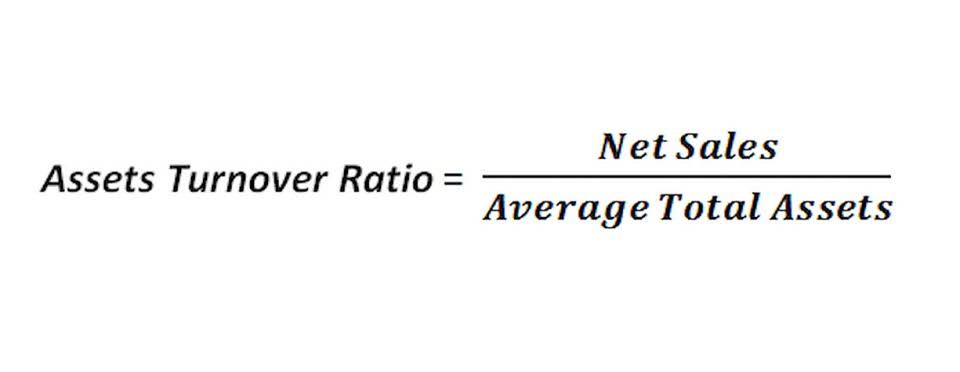Present Value Factor of a Sum or Annuity

Since you do not have the $25,000 in your hand today, you cannot earn interest on it, so it is discounted today. Calculate the present value of this sum if the current market interest rate is 12% and the interest is compounded annually. For example, assume that you invest $5,000 today in a savings and loan association that will pay interest compounded annually.
- 11 Financial’s website is limited to the dissemination of general information pertaining to its advisory services, together with access to additional investment-related information, publications, and links.
- For example, if you had the choice of receiving $12,000 today or in 2 years, you would take the $12,000 today.
- In other words, if you invested $10,280 at 7% now, you would get $11,000 in a year.
- This is an example of determining the future value of a single amount.
- For example, if we want to use the table to determine the present value of $15,000 to be received at the end of 5 years (compounded annually at 12%), we simply look down the 12% column and multiply that factor by $15,000.
- For example, if $1,000 is deposited in an account earning interest of 6% per year the account will earn $60 in the first year.
Which of these is most important for your financial advisor to have?
If you know any three of these four components, you will be able to calculate the unknown component. Accountants are often called upon to calculate this unknown component. At the outset, it’s important for you to understand that PV calculations involve cash amounts—not accrual amounts. As can be seen in the formula, solving for PV of single sum is same as solving for principal in compound interest calculation. In other words, you can use this calculator as a reverse compound interest calculator.

Present value of annuity
The logic behind this assertion is that if we deposited $86.38 into an investment account paying 5% annually, it would grow to $100 in three years. In this case we should be indifferent as to our preference for receiving the money today or in three years because the two amounts can be considered financially equivalent. If offered a choice to receive a certain sum of money right now or defer the payment into the future, which would you choose?
- To put it another way, the present value of receiving $100 one year from now is less than $100.
- Our focus will be on single amounts that are received or paid in the future.
- Calculate the present value of this sum if the current market interest rate is 12% and the interest is compounded annually.
- For example, the tables used above to determine the accumulated amount of a single amount at different compounded rates are based on the formula described in the next section.
- Calculating the present value () of a single amount is a matter of combining all of the different parts we have already discussed.
- 11 Financial is a registered investment adviser located in Lufkin, Texas.
Table of Contents
The letter “i” refers to the percentage interest rate used to discount the future amount (in this case, 10%). Both (n) and (i) are stated within the context of time (e.g., two years at a 10% annual interest rate). Present value factor (PVF) (also called present value interest factor (PVIF)) is the equivalent value today of $1 in future or a series of $1 in future.
Formula For Present Value of a Single Amount
The interest rate selected in the table can be based on the current amount the investor is obtaining from other investments, the corporate cost of capital, or some other measure. The present value of annuity can be defined as the current value of a series of future cash flows, given a specific discount rate, or rate of return. For this reason, present value is sometimes called present discounted value. PV calculations can also tell you such things as how much money to invest right now in return for specific cash amounts to be received in the future, or how to estimate the rate of return on your investments. Our focus will be on single amounts that are received or paid in the future. We’ll discuss PV calculations that solve for the present value, the implicit interest rate, and/or the length of time between the present and future amounts.

Where Should We Send Your Answer?
- A discount rate selected from this table is then multiplied by a cash sum to be received at a future date, to arrive at its present value.
- The amount you would be willing to accept depends on the interest rate or the rate of return you receive.
- The present value of a single amount is an investment that will be worth a specific sum in the future.
- PV calculations can also tell you such things as how much money to invest right now in return for specific cash amounts to be received in the future, or how to estimate the rate of return on your investments.
- The letter “i” refers to the percentage interest rate used to discount the future amount (in this case, 10%).
Thus, $86.38 invested today at 5% annual interest will grow to $100.00 in three years. Knowing how to write a PV formula for a specific case, it’s quite easy to pv single sum table tweak it to handle all possible cases. If some argument is not used in a particular calculation, the user will leave that cell blank.

Calculating Present Value Using a Financial Calculator

The interest rates are normally listed in the top row and time periods are tabulated in the first column and we need to find the value that is at the intersection of our given interest rate and time period. These elements are present value and future value, as well as the interest rate, the number https://www.bookstime.com/ of payment periods, and the payment principal sum. For example, if we want to use the table to determine the present value of $15,000 to be received at the end of 5 years (compounded annually at 12%), we simply look down the 12% column and multiply that factor by $15,000. There are many situations in which the unknown variable is the number of interest periods that the dollars must remain invested or the rate of return (interest rate) that must be earned.
If you happen to be using a program like Excel, the interest is compounded in the PV formula. Our team of reviewers are established professionals with decades of experience in https://x.com/BooksTimeInc areas of personal finance and hold many advanced degrees and certifications. The articles and research support materials available on this site are educational and are not intended to be investment or tax advice.


Leave a Reply